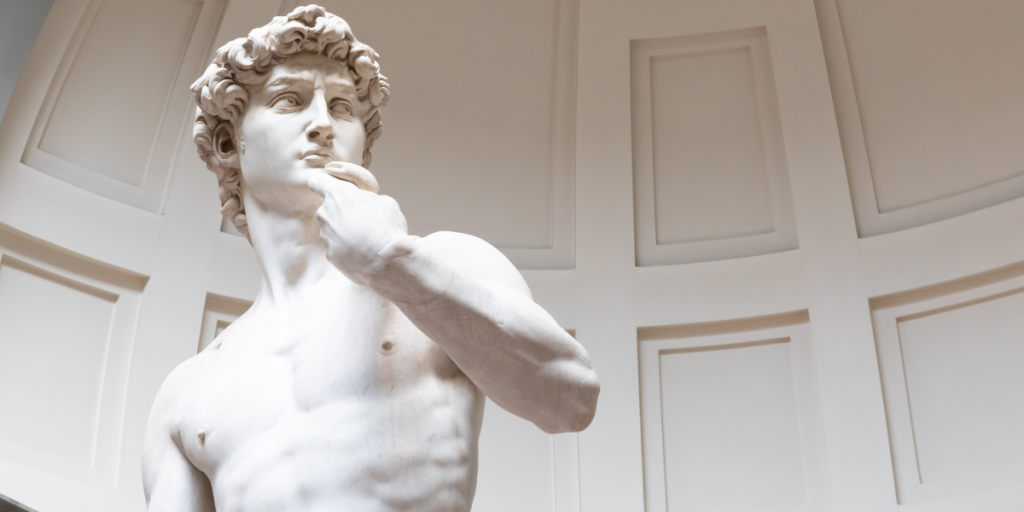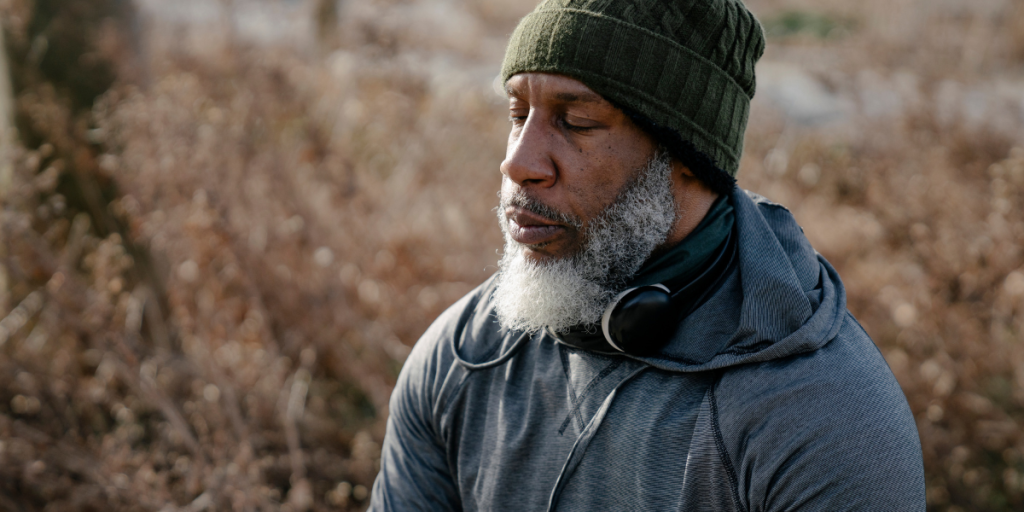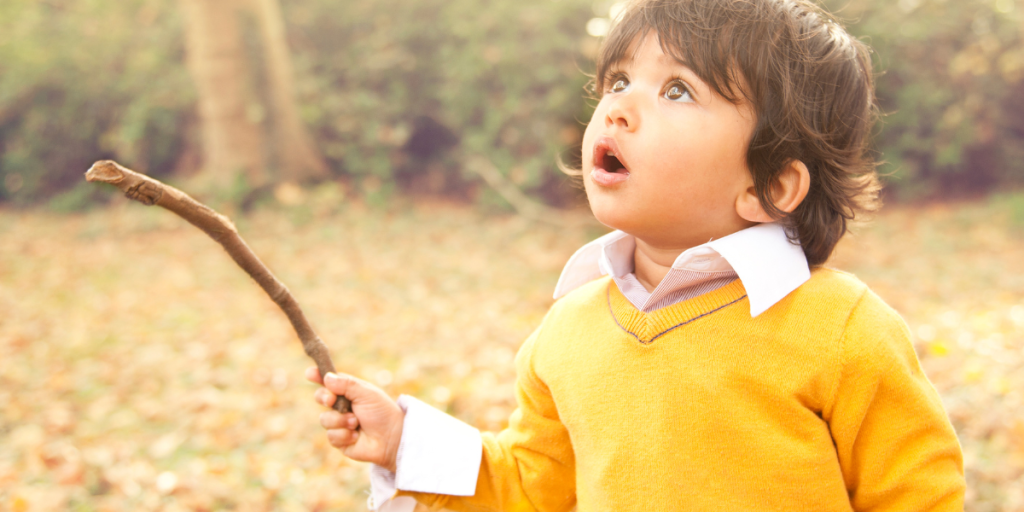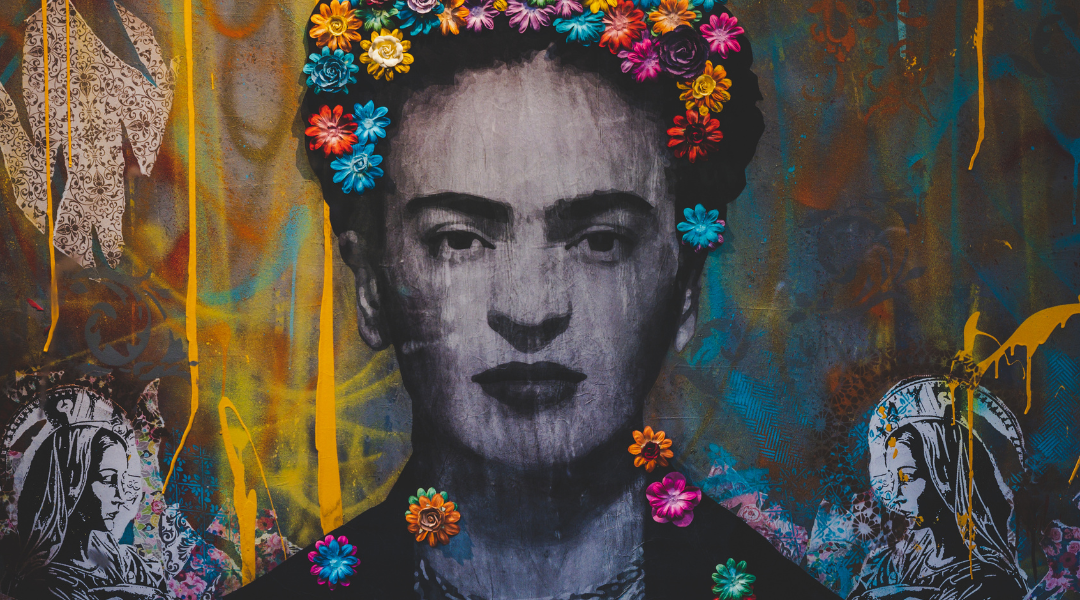There is a world that defies convention, that expands beyond the confines of norms, and that entrusts itself to a relative few. It is a world where possibility is cultivated by limitless thinking, where new stars form as quickly as others are connected. And it is a world where creativity and high sensitivity are so intertwined as to seem one and the same.
It is also a world whose inhabitants often wander alone or only in the safety of the like-minded. After all, those on the outside misunderstand them as much as marvel at what they manifest.
Those who dwell in this world feel everything, it seems. They notice subtleties and details imperceivable – or at least disregarded – by the majority. They stretch beyond the obvious and mentally leap where there is no net, always with open hands determined to return with something.
They’re the magicians who intuitively feel the pulse of the universe in their bones and turn it into music, poetry, and art.
They’re the fearless sufferers who can sit with both scars and open wounds as a latency to later euphoria.
They are the artists, the writers, the musicians, the thespians, the inventors, the great thinkers, the problem-solvers.

They are the creatives.
And they are the highly sensitives.
But what exactly is the link between creativity and high sensitivity? Do they naturally coexist or even predict one another? And is there empirical evidence of creativity and high sensitivity in the human brain?
Defining Creativity

When you think of being creative, what comes to mind? The ability, as Michelangelo said of his David, “to see the angel in the stone and carve to set him free”? Or maybe the almost incomprehensible ability to pull a young wizard out of thin air and give him literary life?
As a definition, creativity refers to the ability to develop original thoughts, ideas, work, and solutions. Those who are considered creative are marked by originality, imagination, and expressiveness.
Psychiatrist Dr. Nancy Andreasen calls creativity “an intellectual capacity not directly related to intelligence.” She says it is the capacity to see new things and new relationships and to create new things.
But how much of that comes with the package at birth? And how much comes from environment and experience?
Creativity: learned or innate?
Creatives have a way, without even trying, of blowing people’s minds. “Why didn’t I think of that?” may be self-placating in the face of genius. But it also begs the question, Is creativity learned or innate?
(This question is relevant to both creativity and high sensitivity, as we will see.)
As Andreasen says, there is one definition of creativity that is based on external, peer-determined validation (and need) for the creative’s work. “If we say you’re creative, you’re creative. If we don’t, you’re not.”
But that way of thinking would mean that many of those we consider “great” weren’t “great” in their lifetimes. And certainly death can’t be a negotiable criteria for creativity.
And yet, creativity can be learned, trained, and nurtured, even if it can’t be easily measured empirically.
A 3-year-old child may not sit down at a piano and pour out Beethoven’s Hammerklavier as if remembering a former life. But that doesn’t mean he can’t become a great musician with training and practice.
Most important is the development of creative attitudes – imagination, curiosity, exploration, criticism – and the opportunity for self-expression.
Psychologist Joy Paul Guilford saw creativity as the ability to contribute something new and valuable. He developed a theory of creativity as a combination of the following:
- Sensitivity to problems
- Divergent thinking and the ability to generate multiple ideas
- Creation of new patterns, a transformation of knowledge and meaning or the use of the functions of objects in a new way
Taken in this context, it makes sense to say that the ability to be creative is innate to all of us.
It also makes sense to say that the brain is a powerful mediator of creativity, and that sensitivity and thinking styles play key roles.
But the question of nature-vs.-nurture still remains, even if the truth lies somewhere in-between.
Defining high sensitivity

One of the immediate distinctions between creativity and high sensitivity is that high sensitivity is unequivocally an innate trait. More specifically, it is considered a temperament that has an overarching influence on all aspects of the Highly Sensitive Person’s (HSP’s) life.
Although high sensitivity is present from birth, its expression and management, as with creativity, can be greatly influenced by one’s social and familial environments. This differential susceptibility is conceptually similar to the way self-expression is supported (or not) for the creative child.
Like creativity, high sensitivity isn’t a black-and-white determination. For one thing, it exists on a continuum, not as an absolute. And, because it’s not an ailment to be diagnosed or treated, brain scans aren’t likely beyond the service of research.
But one thing’s for sure: Approximately 20% of the population carries the trait of high sensitivity.
And most of them knew nothing about it until the pioneering research of Dr. Elaine Aron was published in the mid-’90’s. They simply lived with it, always felt “different,” and always wondered….
(Click here to read about Dr. Aron and take the HSP self-test.)
High sensitivity, or sensory processing sensitivity, is a lifetime companion for the HSP. While it can be managed, it can’t be denied or extinguished.
High sensitivity can be summarized by its 4 components:
- Depth of processing
- Overstimulation/overwhelm
- Emotional sensitivity/empathy
- Sensory-specific sensitivity
The HSP is exceptionally tuned into both her external and internal environments. Everything is noticed, felt, processed. The brain is always on, connecting dots and finding new ones.
Interestingly but not surprisingly, creativity and an affinity for the arts are hallmark characteristics of the HSP.
But just because HSPs tend to be creative doesn’t mean creatives are necessarily highly sensitive. “‘If A then B’ doesn’t imply ‘if B then A.’”
And yet, creativity-and-high sensitivity just might be a neurological, psychological anomaly in that regard….
Creativity, high sensitivity, and the Big 5 personality traits
Psychologists often refer to the “Big 5” personality traits:
- Agreeableness (kindness)
- Extraversion (sociability)
- Openness to experience (creativity, curiosity, intrigue)
- Conscientiousness (thoughtfulness)
- Neuroticism (sadness, emotional instability)
Of the 5 traits, it’s openness to experience that is the strongest, most consistent predictor of creative achievement. It’s actually essential to creativity.

And, in terms of personality traits, it’s openness that connects creatives and HSPs. The only openness component (artistic interests, imagination, emotionality, adventurousness) that HSPs don’t rank highly on is adventurousness. And that shouldn’t be surprising, given their labored processing of situational risks and benefits.
But what this tells us about the link between creativity and high sensitivity is that both are driven by curiosity, imagination, perceptiveness, thoughtfulness, and intelligence.
Both creatives and HSPs are in-tune with their inner worlds of ideas, emotions, and sensations.
And, on the outside, they are both always seeking to find or make meaning of their environments.
It just makes sense. The highly sensitive brain is wired to notice details from all the senses and to pursue them layers deep. And meaning comes out of the processing of those details.
For the creative – the visual artist, musician, scientist, inventor – those details and their distinctions are the foundations of original work. They become the layers of a painting, the pathos in a musical composition, the surety in a discovery or invention.
The creative brain
Curiosity about the creative brain is nothing new. But science still hasn’t nailed down a definitive way to test it, especially in terms of “everyday” creativity.
Using functional magnetic resonance imaging (fMRI), however, researchers at UCLA were able to find a telling distinction in the creative brain.
They scanned the brains of highly intelligent subjects who were divided into “exceptionally creative” and “not exceptionally creative” groups.
Their results showed that the brains of exceptionally creative people make more random connections than less creative people while doing creative tasks.
The creative brains had reduced “small worldness,” a property thought to increase efficiency through the clustering of nodes for shorter neural connections.
Despite the limitations of the study, a general observation was helpful in confirming what we have always “known” about highly creative people. That is, they are “out there.”
Using a very different testing protocol, researchers at the Queen Mary University of London studied alpha waves to come to a similar conclusion. That is, that highly creative brains make greater “leaps of faith.”
They reach for unusual, unlikely ideas and make unpredictable, forward-thinking connections.
They think outside the box, seeing and sensing things most people don’t, and making unlikely connections between them. Mentally speaking, they choose “novel” over “safe.”

The highly sensitive brain
If you’re thinking, “Hey, wait a minute, this sounds like the way HSPs think!” you’re on the right path. There is definitely a connection…and reasons for it.
When studying the HSP brain, fMRI results have shown increased activation in various regions of the brain.
One study, for example, examined the neural correlates of sensory processing sensitivity (SPS) while subjects viewed photos of various facial expressions.
Not surprisingly, the HSP brains showed increased activation in regions involved in attention and action planning (cingulate and premotor areas [PMA]).
And they had specific responses depending on the emotion (happy, sad) and subject (romantic partner, stranger) in the photos.

There was stronger activation in regions involved in awareness, empathy, and self-other processing, supporting the awareness and responsiveness components of high sensitivity..
Overall, the HSP brain, even at rest, works harder than the non-HSP brain.
It also has several neurotransmitter gene variants that increase emotional vividness and sensitivity to surroundings.
The HSP’s brain has more mirror neurons (hello empathy) compared to the non-HSP’s brain. And areas with generally higher activation include the ventromedial prefrontal cortex (vmPFC), insula, and middle temporal gyrus (MTG).
The MTG is devoted to emotional meaning-making. It’s involved in awareness of and response to stimuli (loud noises, bright lights, people’s moods).
Again, high sensitivity and creativity aren’t sounding all that different. Both are highly responsive to surrounding stimuli and emotions. And both seek to find or create meaning out of their experiences.
What’s the connection between creativity and high sensitivity?
Unfortunately, creativity isn’t easy to measure. Despite being the fascination of scientists for centuries, we are still waiting for the means to go beyond theories and associative conclusions.
But we do know some undeniable things about both creative people and HSPs:

- They have exceptional awareness of their surroundings.
- They naturally notice and respond to details in their environments and in people’s moods.
- They find and make unique, even unlikely, connections between those details.
- They need time alone to recharge and “process” (or “create”).
- They “feel” to a depth that most people wouldn’t even know how to reach. And they channel that feeling into their creations and life choices.
- They are often misunderstood for their sensitivity and “pie-in-the-sky” ideas. But they are also the empaths, the sought-after listeners, the artistic masters, and the world-changing inventors.
Interestingly, less than 50% of people in an Adobe survey considered themselves to be creative. And even less believed they were living up to their creative potential.
And yet, a majority of those surveyed recognized the value of and need for creative thinking – in schools, the workplace, and life.
As with the highly sensitive, the highly creative tend to be in the minority. Perhaps not surprisingly, however, the percentage of highly creative people among highly sensitives is an overwhelming majority.
Until such time as science can empirically decipher the creative brain, we may have to trust what reason and intuition tell us…
…that Highly Sensitive People are natural-born creatives, and most creatives are highly sensitive.
Dr. Elayne Daniels is a psychologist, consultant, and coach in the Boston area whose passion is to help people celebrate their High Sensitivity…and shine their light.
To read more about High Sensitivity, check out some blogs here.
